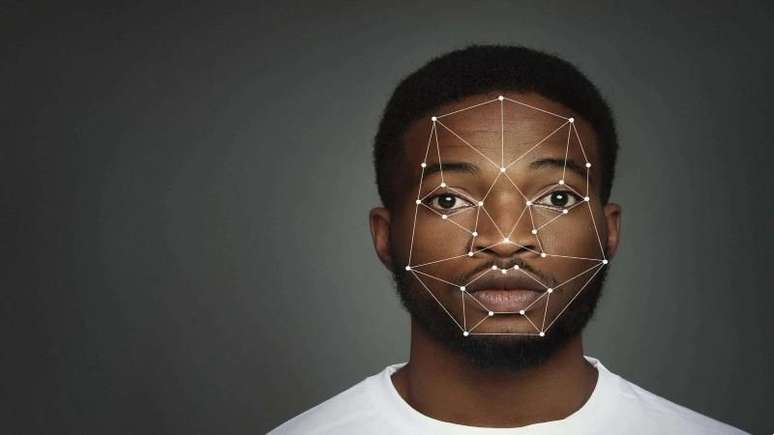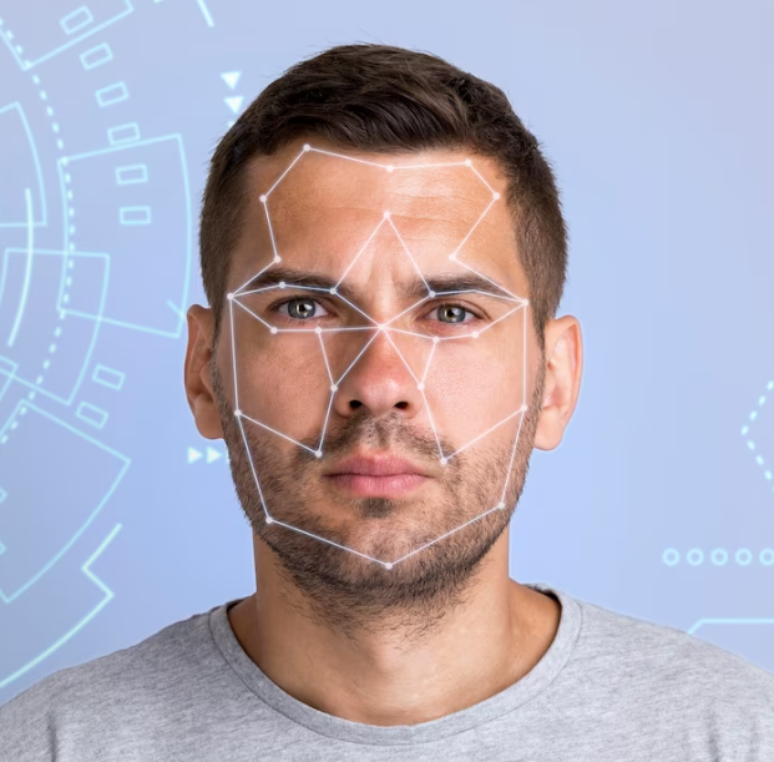The PimEyes platform uses images pulled from the Internet to create biometric “facial fingerprints” of individuals
the platform of Facial recognition Pim Eyes is using images of Dead people to index facial features and enhance yours algorithm. It identifies living people through their ancestral connections, which brings relief ethical problemsIn intimacy and protection from data.
The case was discovered by Cher Scarlett, a computer engineer and writer who lives in Kirkland, Washington. In February 2022, the facial recognition search engine revealed explicit non-consensual photos of her at age 19, rekindling a decades-old trauma.
Since then, he has been monitoring the platform to make sure the images don’t come back. But in January of this year she discovered that PimEyes was returning photos of children that appeared to be from URLs From ancestry.com (a site that builds family tree).
As part of an experiment, he looked for a grayscale version of one of his baby photos.
Revealing photos of the dead
And then it all happened: during the searches, a photo of her mother appeared as a child in the arms of her grandparents. “I didn’t even know who my mom’s paternal grandparents were,” she told Wired.
Digging deeper, Scarlett found more pictures of her relatives, also apparently from the site. They included a black-and-white photo of her great-great-grandmother from the 1800s and even a photo of her sister, who died at age 30 in 2018.
In researching, she discovered the images were from her digital memorial on Ancestry and Find a Grave, Ancestry’s directory of cemeteries.

Legal and ethical issues
The incident raised ethical and legal questions, according to Scarlett. “My sister is dead,” she said. “You cannot consent or withdraw consent by subscribing to it.”
Dead people they’re generally not protected by privacy laws, but handling their images and data isn’t automatically fair game, Sandra Wachter, a professor of technology and regulation at the Oxford Internet Institute, told Wired.
“Just because the data no longer belongs to a person does not automatically mean that you can get hold of it. If it’s a person who has died, we need to find out who has rights to him,” she said.
The report questioned the companies about the exposure of data without consent. Ancestry spokeswoman Katherine Wylie said Ancestry customers retain ownership and control over their data, including family treesand that its terms and conditions “prohibit the mining of data, including photos, from Ancestry websites and services, as well as the resale, reproduction, or publication of any content or information found on Ancestry.”
Giorgi Gobronidze, director of PimEyes, stated that the algorithm only tracks sites that officially allow us to do so. “It was… very unfortunate news that our pursuers somehow broke the rule.”
He said that PimEyes is now blocking the Ancestry domain and the indexes related to it are wiped out.
Source: Terra
Rose James is a Gossipify movie and series reviewer known for her in-depth analysis and unique perspective on the latest releases. With a background in film studies, she provides engaging and informative reviews, and keeps readers up to date with industry trends and emerging talents.







